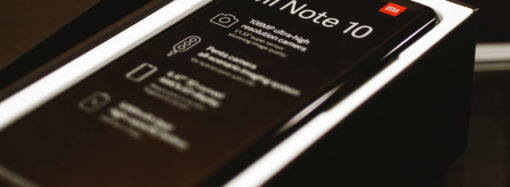The Faroe Islands incumbent Faroese Telecom and Swedish kit vendor Ericsson have made waves by claiming to have clocked download peak speeds of 5.9Gbps using 5G mmWave spectrum, the fastest measured speed in a live network in Europe to date. This groundbreaking speed test was carried out ahead of a planned mmWave deployment across all of the 18 Faroe Islands, setting the stage for cutting-edge 5G services across the remote archipelago.
Faroese Telecom and Ericsson’s Fastest 5G Speeds in Europe
The 5G mmWave speed test carried out by Faroese Telecom and Ericsson represented the fastest measured speed in a live network in Europe to date, with download peak speeds of 5.9Gbps. The experiment was conducted indoors using Ericsson’s AIR 5322 and Baseband 6648 over the Faroese Telecom’s commercial mobile network. Several carriers were aggregated in the uplink, resulting in an upload speed of 1.6Gbps.
5G Technology on the Faroe Islands
Faroese Telecom’s CEO, Jan Ziskasen, expressed the company’s ambition to have gigabit speed everywhere on the islands, in cities, small villages, on roads, in tunnels, on mountaintops, and even out to sea. The company’s goal is to provide unprecedented services to its consumers and businesses, using world-class 5G technology to pave the way for the future. With this groundbreaking speed test, the company is taking the first step in achieving that goal.
Ericsson and Faroese Telecom’s Partnership
Niclas Backlund, Country Manager of Ericsson Denmark, praised Faroese Telecom’s efforts in deploying 5G on a wide scale in a limited period of time. Despite the challenges presented by the rocky volcanic islands and rapidly changing weather, Faroese Telecom is committed to bringing the latest 5G technology to the North Atlantic Sea, and Ericsson is excited to continue partnering with them to build a world-class 5G network, with more industry firsts to come.
Advantages and Challenges of 5G mmWave Technology
5G mmWave technology is marketed as a solution that can help achieve the industry’s vision when it first launched the 5G campaign. It uses frequency bands of 26GHz and beyond, providing a ‘bigger pipe’ because of more available spectrum. Supporters of 5G mmWave technology, such as Qualcomm, claim that it consumes less energy and can maintain connectivity even in heavily congested areas. However, its range and propagation values decline towards the end of the spectrum it uses.
UK Regulator Ofcom’s 6 GHz mmWave Spectrum Auction
Recently, the UK’s communication regulator, Ofcom, announced its plan to provide UK telcos with 6 GHz of mmWave spectrum. While the process has been ongoing since May last year, there is still an ongoing consultation on how best to proceed with the auction, with concerns over the cost of the relevant spectrum, potentially becoming a barrier to rolling out 5G mmWave applications en masse.
Conclusion
The speed test carried out by Faroese Telecom and Ericsson represents a milestone in the development of 5G technology. With the prospect of gigabit speeds on the horizon, the possibilities for innovation and economic growth are endless. However, challenges remain in rolling out 5G mmWave technology on a large scale, and regulators and operators must work together to address these challenges.
Source: https://telecoms.com/











Leave a Comment
Your email address will not be published. Required fields are marked with *